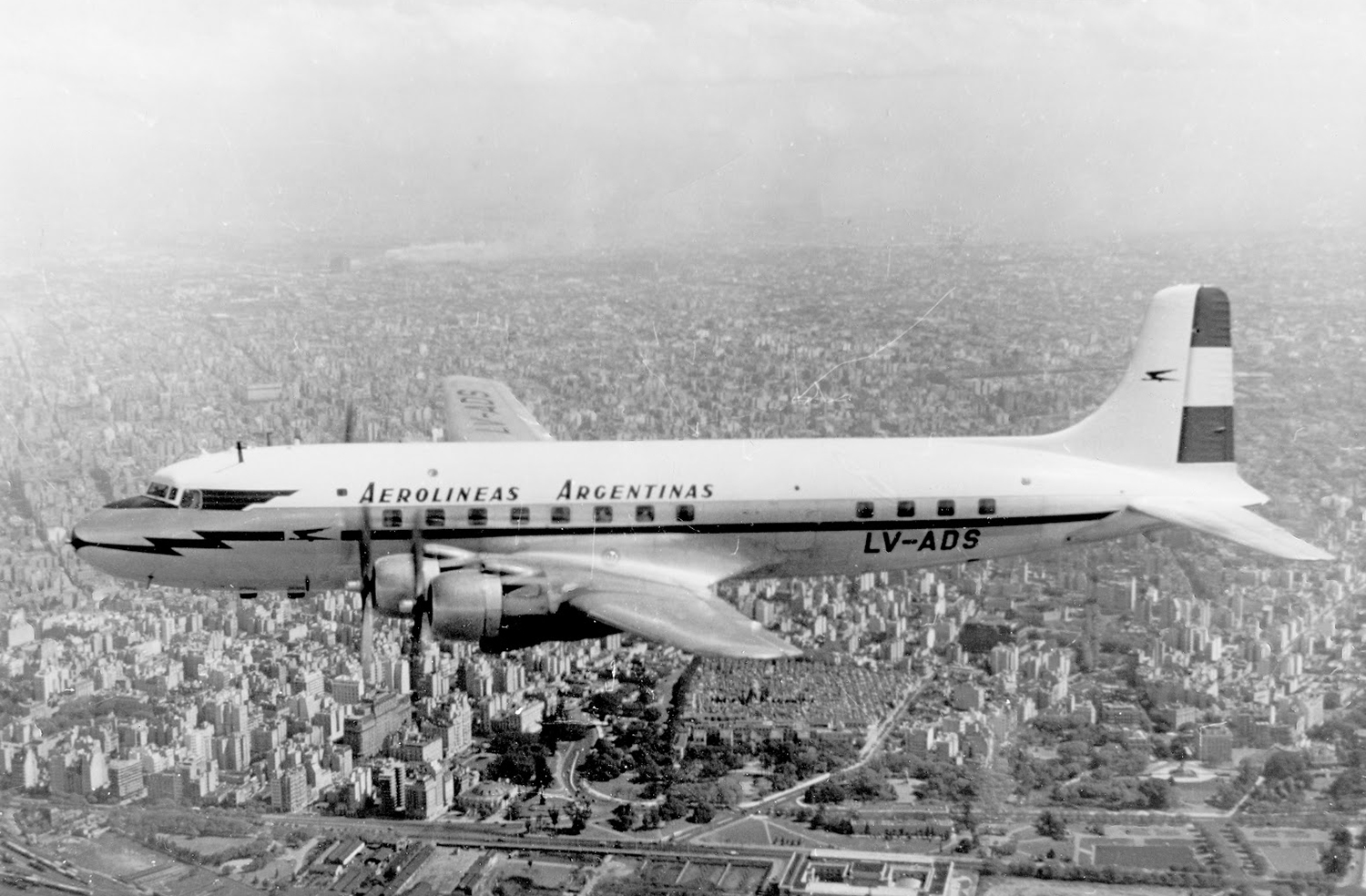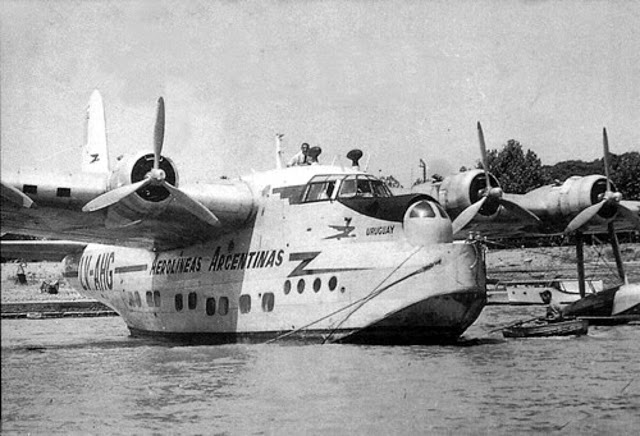Crash of an Embraer EMB-110C Bandeirante in Salto: 12 killed
Date & Time:
Jun 20, 1977
Registration:
T-584
Survivors:
Yes
Schedule:
Paysandú - Salto
MSN:
110-083
YOM:
1975
Crew on board:
2
Crew fatalities:
Pax on board:
13
Pax fatalities:
Other fatalities:
Total fatalities:
12
Circumstances:
While approaching Salto-Nueva Hespérides Airport, the crew encountered poor weather conditions and failed to realize his altitude was insufficient when the airplane struck trees and crashed in an orange grove located few hundred meters short of runway. Three occupants were injured while 12 others were killed. The airplane had a dual registration T-584 and CX-BJE.











